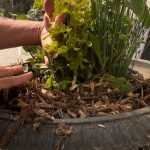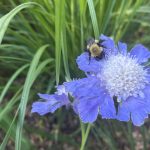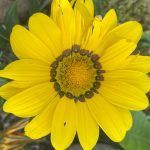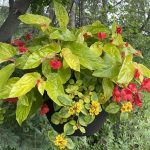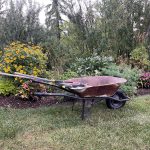Whether you’re looking to grow pansies from seed, move your pansies out of pots, or have no idea where to start but you just know that you love pansies and violas, this blog is for you! Pansies, violas, and panolas are gorgeous flowers from the same family. This guide will teach you everything you need to know about growing and caring for these beauties.
In our complete guide to growing pansies, violas, and panolas, we’ll discuss the differences between Pansies, Violas, and Panolas, the best spot to grow Pansies, Violas, and Panolas, and how to care for Pansies, Violas, and Panolas throughout the entire growing season.
Understanding Differences and Similarities Between Pansies, Violas, and Panolas
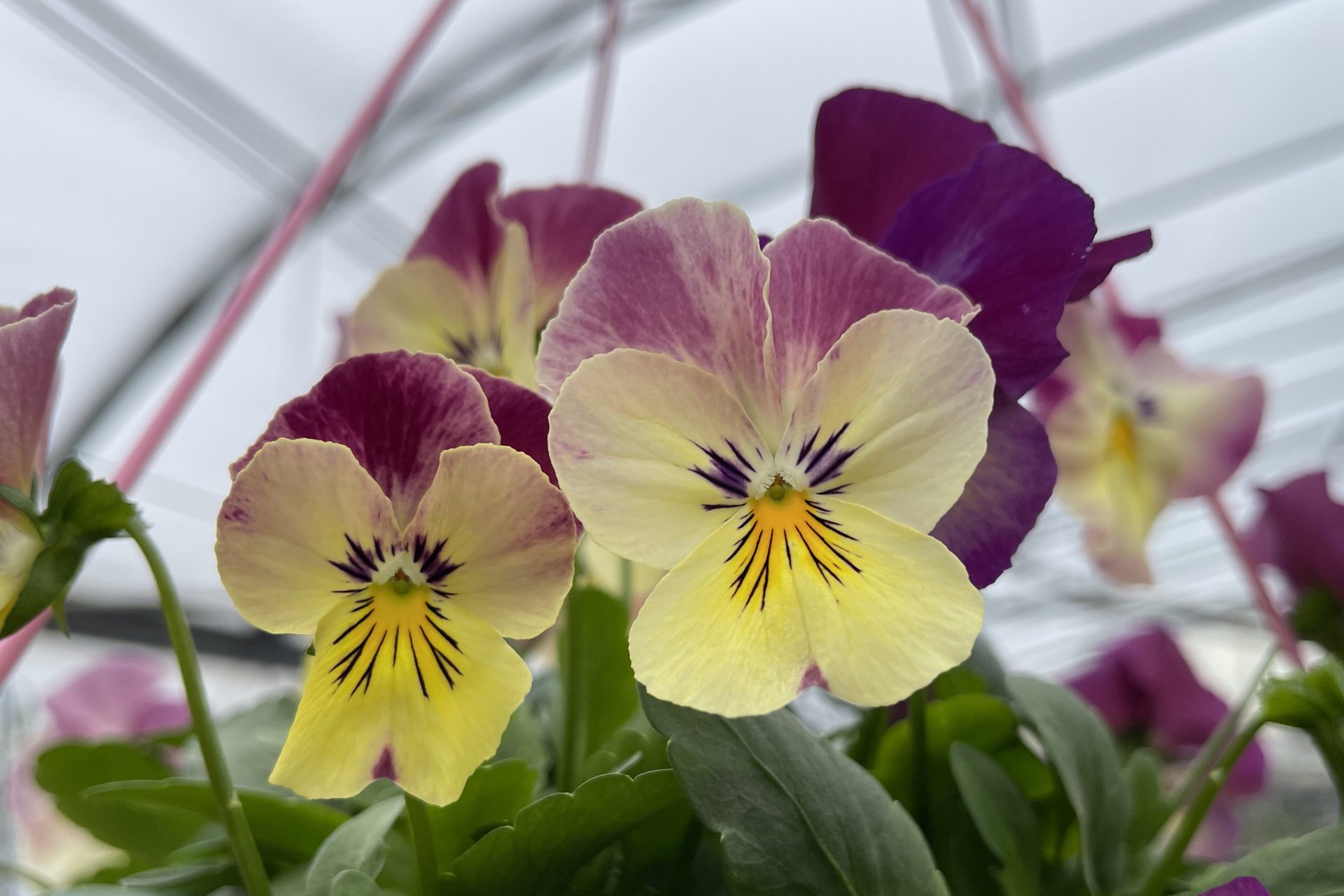
Pansies and Violas have graced northern gardens for centuries because they are very well suited to cool climates. And now, their new cousins, Panolas, have joined the stage.
They are all from the Violaceae family.
Violas originate from colder areas and alpine meadows of Europe, and being edible, Violas were mainly used for medicinal purposes.
Violas, Pansies, and Panolas are annual flowers, which means they complete their lifecycle in one growing season. They germinate in the cool temperatures of early spring, blossom, and develop mature seeds by autumn.
Because of this brief life process, Violas are easy to crossbreed, which began in Europe in the 1800s.
Hybridization started with crossing domesticated Violas with Alpine Violas. New colours and larger blossoms resulted, and these larger flowered Violas were eventually called Pansies. Panolas are the result of breeding Pansies and Violas.
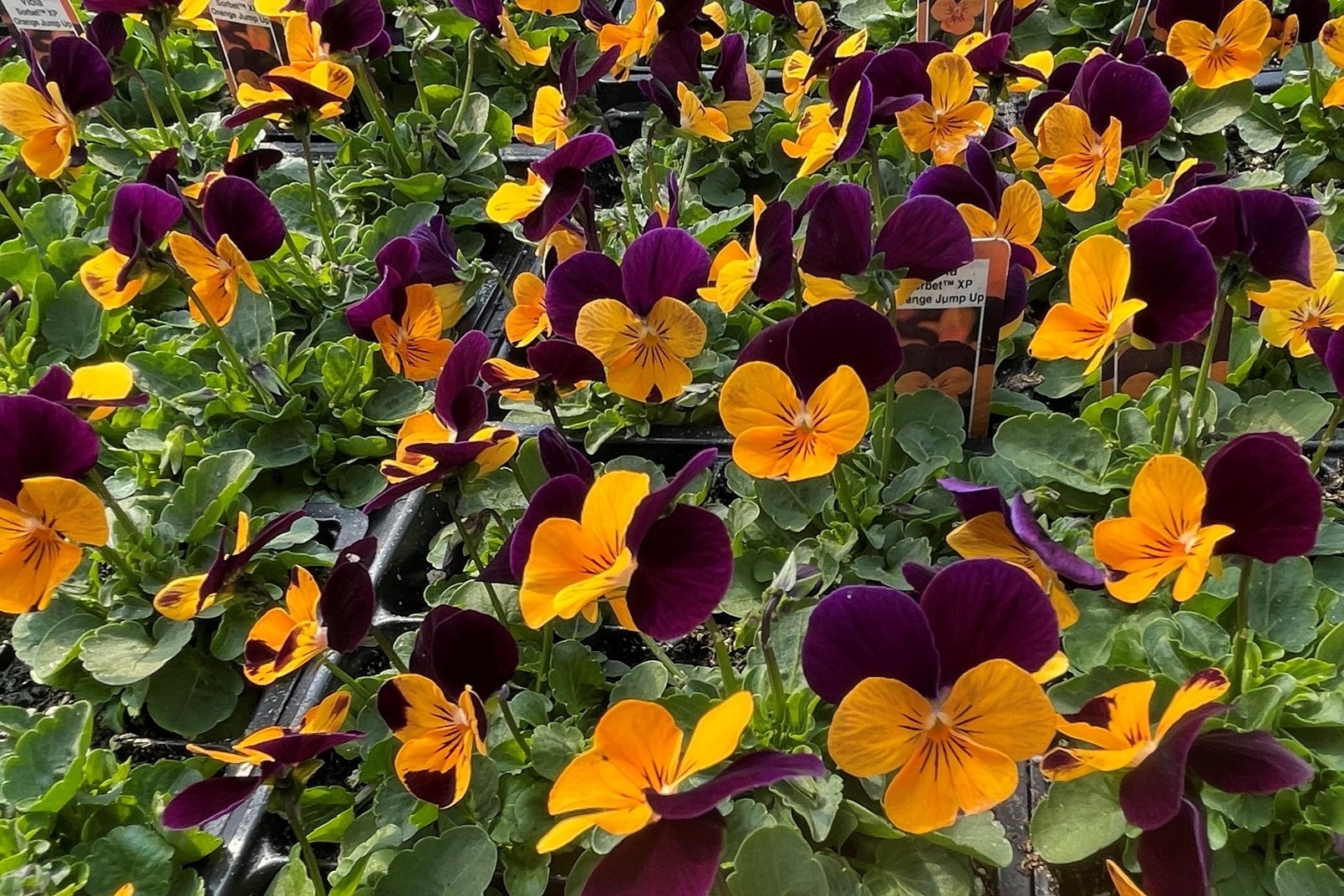
The main difference between Pansies, Violas, and the new Panolas is blossom size.
Pansies have large flowers and fewer of them, Violas sport profuse small flowers, and Panolas sit right in the middle with abundant, medium-sized flowers.
This group of flowers boasts one of the widest colour palettes of all flower families in the horticulture industry. Flowers are available in every colour of the rainbow, including true blue (not purple called blue) and black, which is a very, very dark version of purple.
In addition, their blossoms are available in solid colours, bicolours, and tricolours with or without vein accents.
Flower diversity with Pansies, Violas, and Panolas doesn’t stop with colour; their flower form varies, too. Everyone is familiar with smooth Pansy and Viola flowers, but some have ruffled and frilly edges.
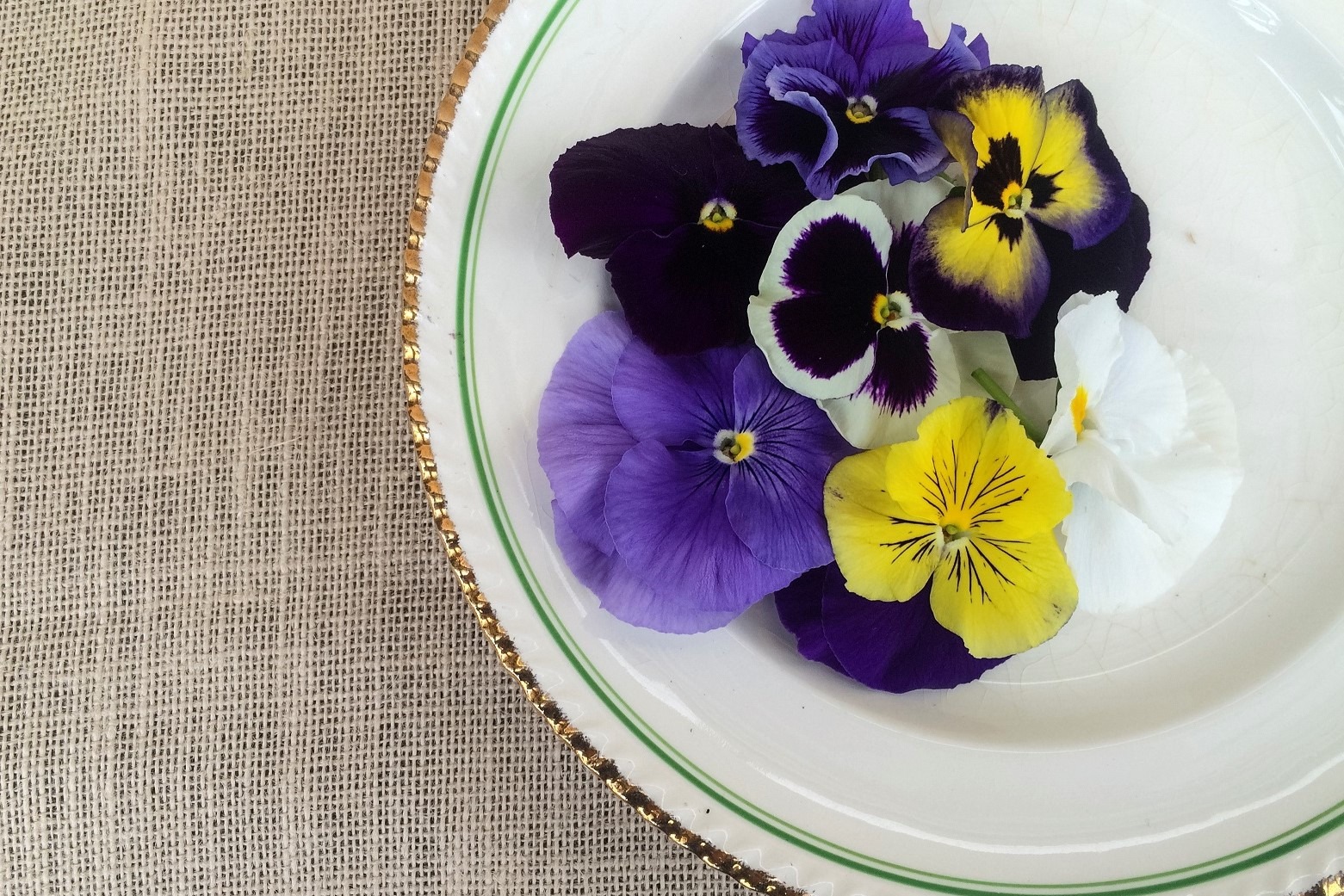
Did you know that Pansies and Violas are edible? They are safe to use as a garnish or a colourful addition to a fresh summer salad. Most Pansies and Violas taste a little peppery.
Speaking of edibility, Pansies and Violas are a favourite for deer, rabbits, and occasionally squirrels. Slugs and snails are also attracted to Pansies during wet years.
Why Pansies, Violas, and Panolas are Well Suited for Northern Landscapes
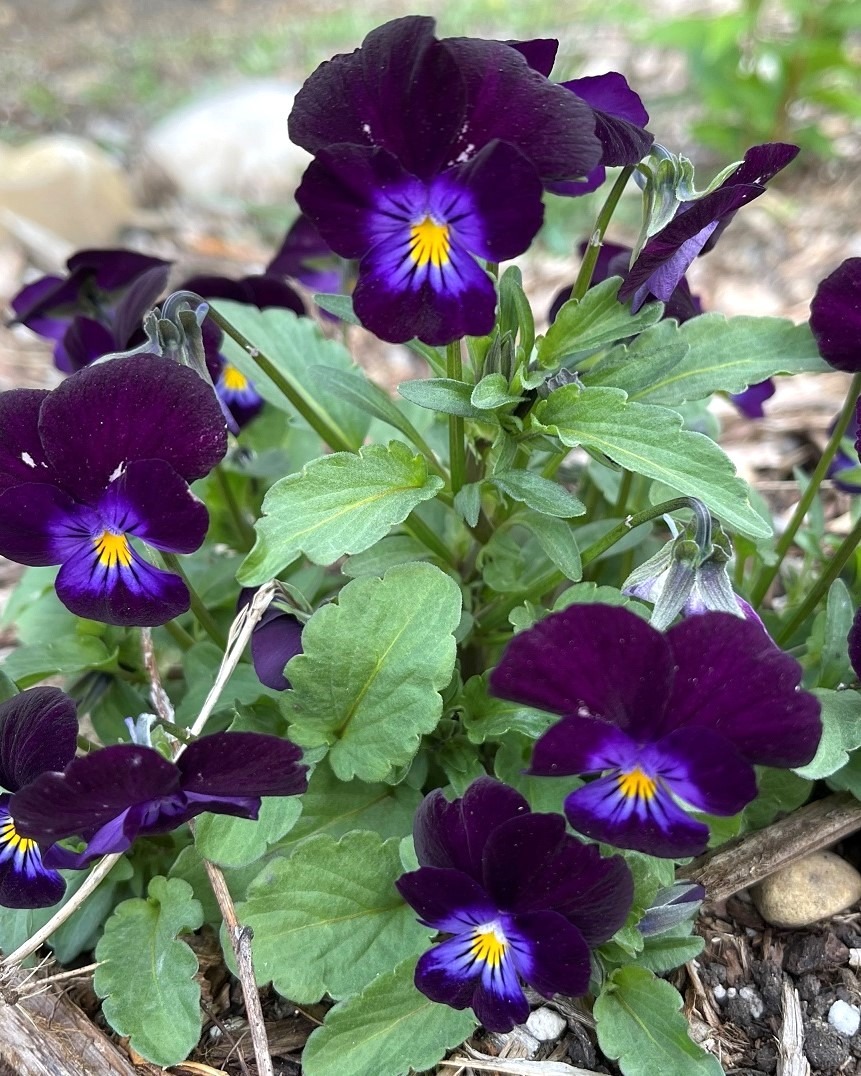
Pansies, Violas, and Panolas LOVE cool weather, and they are the first annuals of the season to flower.
In plant hardiness zones 4 and lower, they are the go-to flower for early spring colour; in warmer zones, they are the flower of choice for winter gardens.
Pansies, Violas, and Panolas can handle a touch of frost and snow. It is common to see them weather early spring snowfall where the temperatures dip to -3C or -5C (23-26F).
They handle our cool spring days and nights easily.
Some Violas are perennial, tolerating zone 3 and 4 winters. However, many varieties of Pansies and Violas reseed, and they start popping up at the end of April.
Related: What are Plant Hardiness Zones and How do They Work?
The Best Place to Grow Pansies, Violas, and Panolas

Pansies, Violas, and Panolas aren’t fussy plants — they are just happy to have a place to grow.
They will thrive in any garden bed, so raised bed gardens, in-ground flower beds, rock gardens, and containers are all great options for growing Pansies, Violas, and Panolas.
Grow Pansies, Violas, and Panolas in well-draining soil, as they can get root rot or powdery mildew if the air and soil stay too wet for an extended time.
Powdery mildew is a light, fuzzy white fungus that shows up on the leaves and will eventually cover the entire plant.
Root rot manifests through weak, insipid growth, resulting in plant death.
Pansies, Violas, and Panolas enjoy part to full-sun exposure. However, when the heat of summer sets in, they are less happy and their flowering will stall.
The best location for Pansies, Violas, and Panolas during the hottest part of the season is one that gets morning sun and then offers shade during the heat of the day.
How to Care for Pansies, Violas, and Panolas
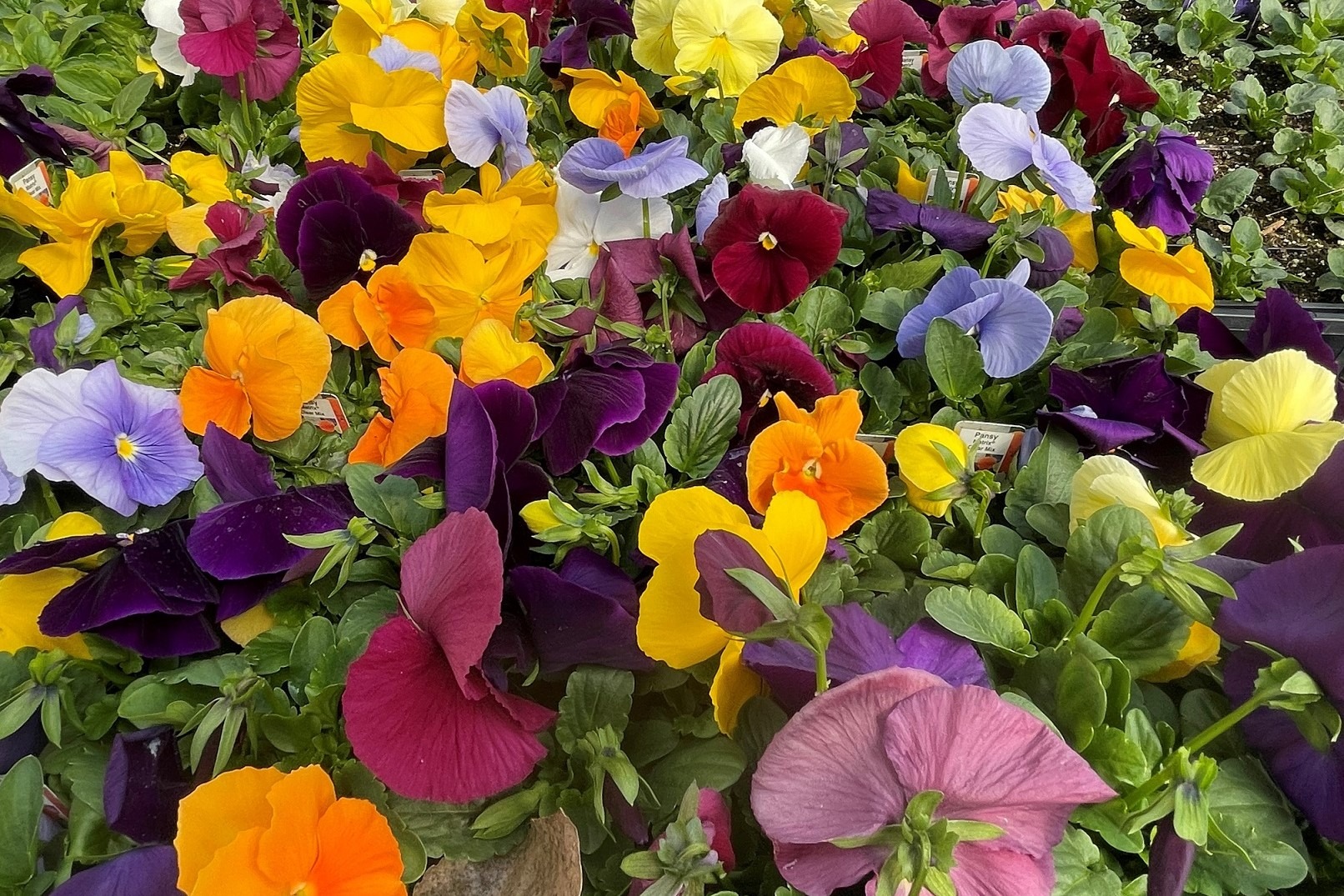
Pansies, Violas, and Panolas are simple to grow.
The only thing that they are a little particular about is staying too wet. If either their roots or leaves remain too wet for a prolonged period, leaf diseases and root rot can be a problem.
Water Pansies, Violas, and Panolas thoroughly when the ground is dry. Check soil hydration by sticking the entire length of your index finger into the soil and if it is dry at the tip of your finger or at the first knuckle, give them a well-deserved drink.
Because of the powdery mildew mentioned earlier, it’s always a good practice to avoid getting the leaves wet by moving the leaves aside and watering at the base of the plant.
Another preventative practice is to thin the leaves on the lower part of the plant to increase airflow and keep them drier.
Fertilize Pansies and Violas weekly to keep nutrient levels up and flowers blossoming continually.
Use a well-balanced fertilizer like 20-20-20, 10-10-10, 15-30-15, or, my favourite fertilizer, Nature’s Source.
Mulch is an excellent way to keep the soil moist and roots cool.
Pansies, Violas, and Panolas will bloom all season with regular deadheading. Deadheading is taking off the spent blossoms. If the dead blossoms aren’t removed, they will stop flowering and direct their energy to produce seeds.
If you would like these plants to reseed, let some flowers develop seed heads in the middle of summer, like late July or early August, to allow enough time for the seeds to mature.
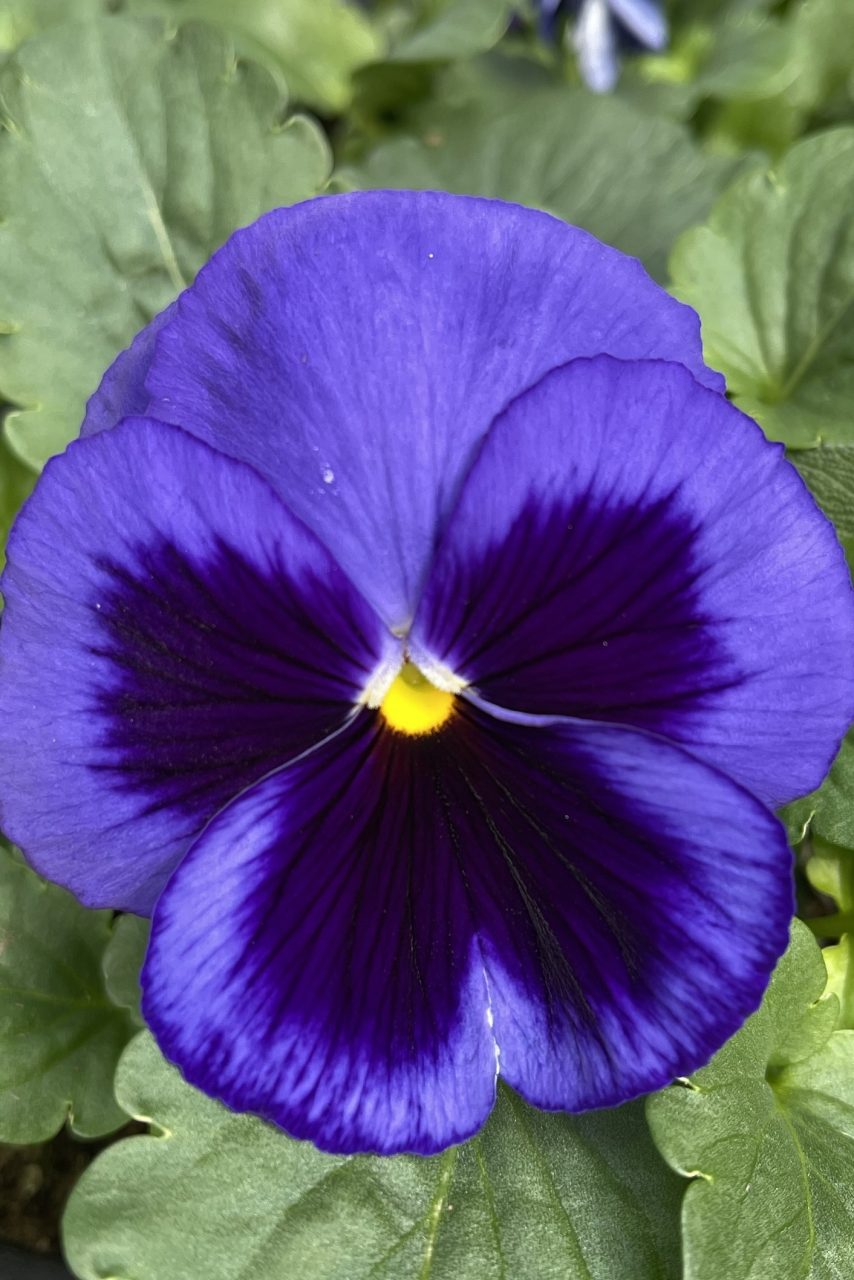
Conclusion
Whether you’ve been gardening for years or you’ve only just started, Pansies, Violas, or Panolas are a fabulous choice to add bright bursts of colour almost anywhere you plant them. They are a victorious choice for an early spring garden, and I highly recommend them for new or young gardeners due.
They bear early spring colour with ease and will grace your garden with joy flaunting their colourful and whimsical faces throughout the entire growing season.
For more advice on growing annual or perennial flowers, check out my other blogs!
©Sharon Wallish Murphy ©Gardening with Sharon





